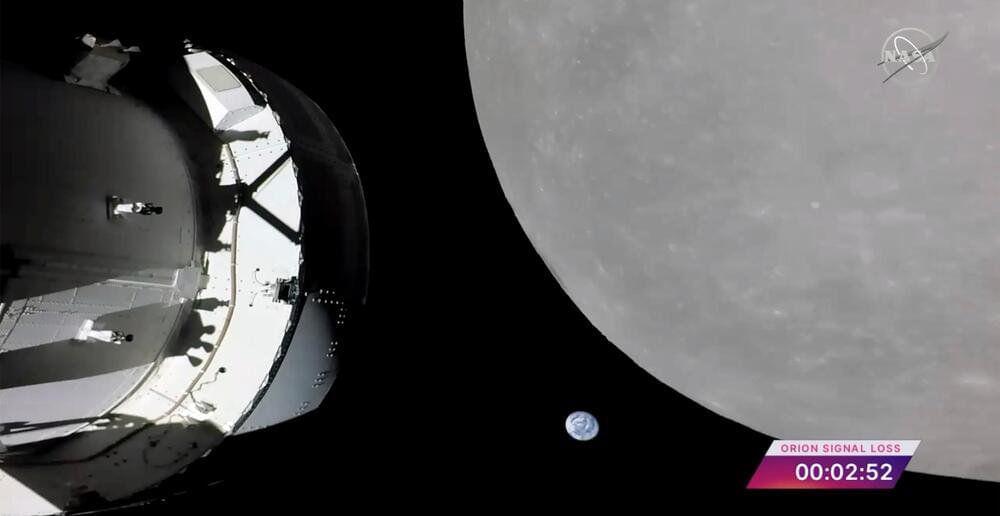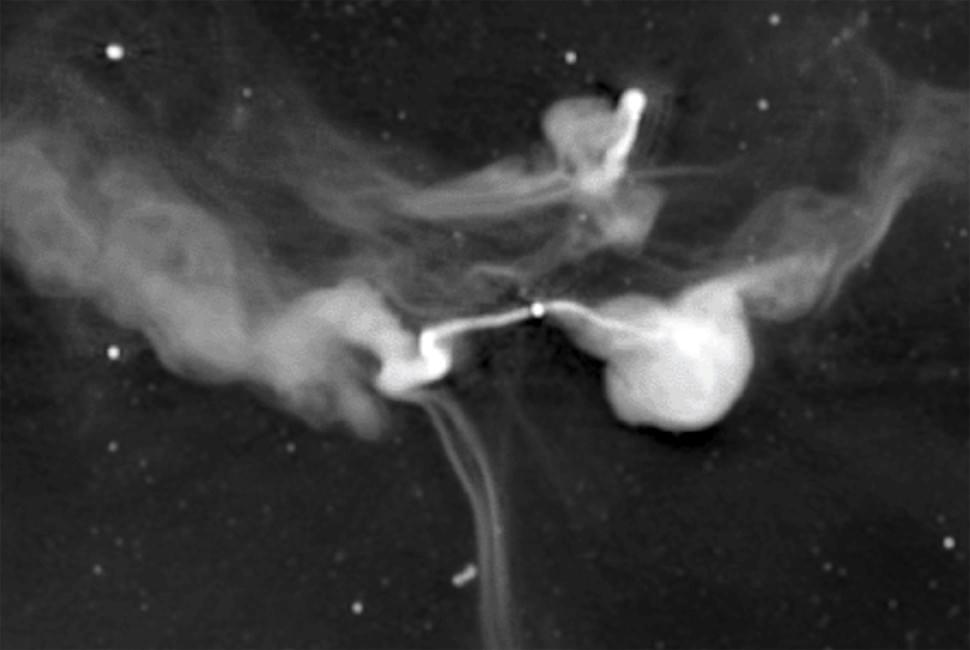Nov 23, 2022
James Webb Space Telescope reveals an exoplanet atmosphere as never seen before
Posted by Dan Breeden in categories: chemistry, particle physics, space
The James Webb Space Telescope (JWST) has just scored another first: a detailed molecular and chemical portrait of a distant world’s skies.
The telescope’s array of highly sensitive instruments was trained on the atmosphere of a “hot Saturn”—a planet about as massive as Saturn orbiting a star some 700 light-years away—known as WASP-39 b. While JWST and other space telescopes, including Hubble and Spitzer, have previously revealed isolated ingredients of this broiling planet’s atmosphere, the new readings provide a full menu of atoms, molecules, and even signs of active chemistry and clouds.
Continue reading “James Webb Space Telescope reveals an exoplanet atmosphere as never seen before” »

















